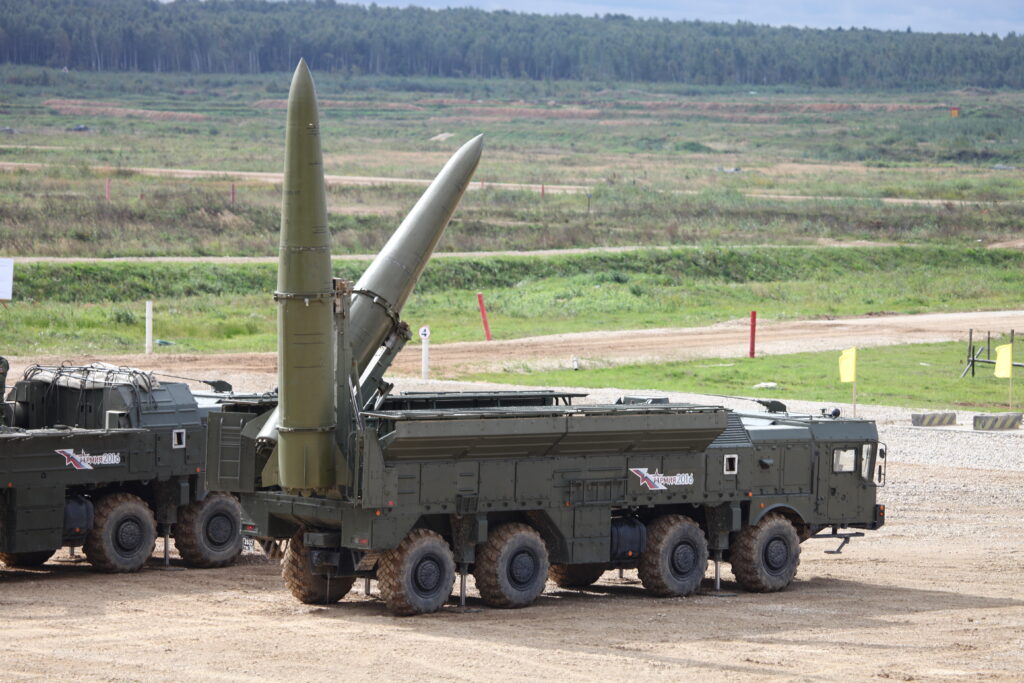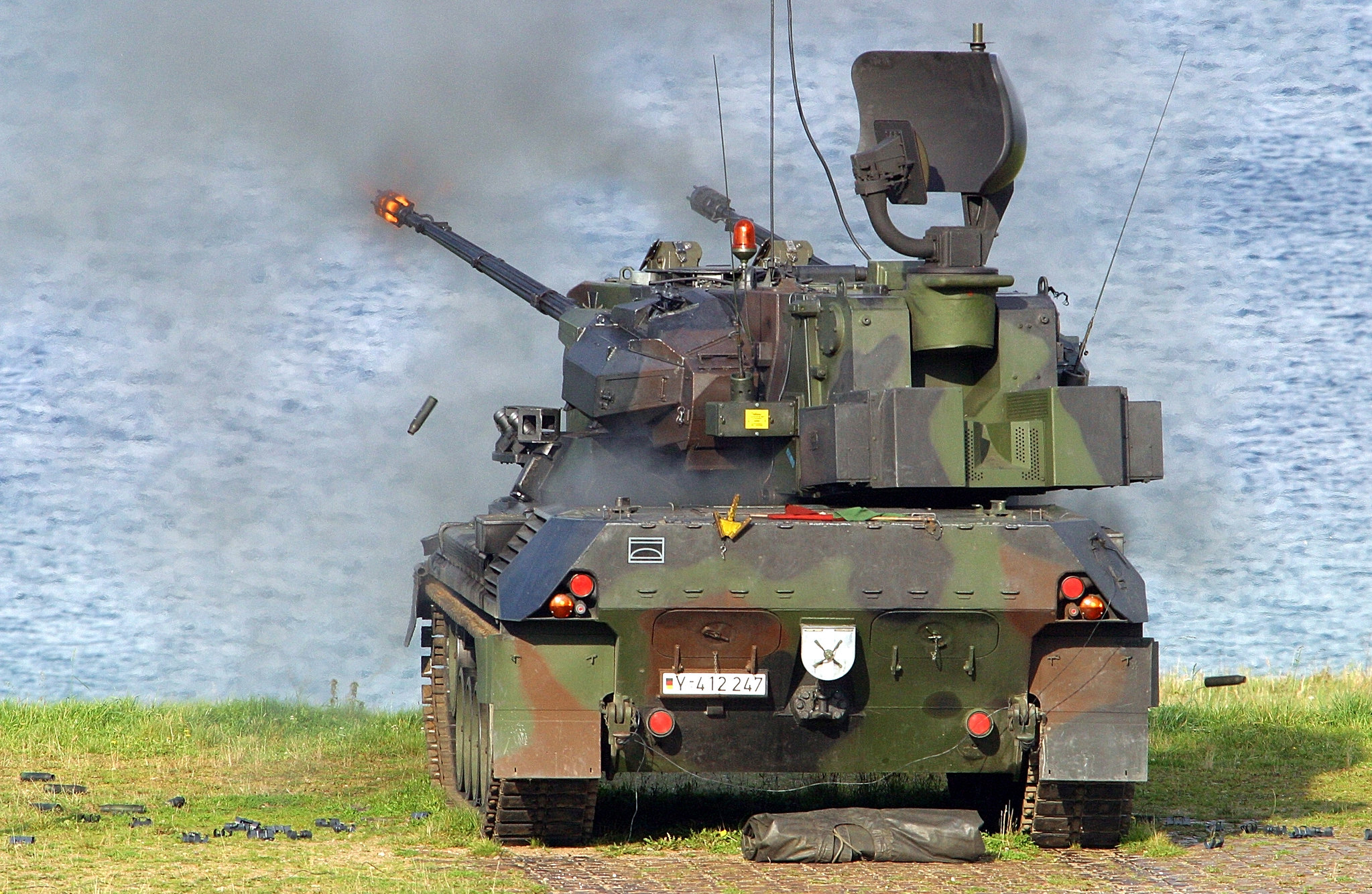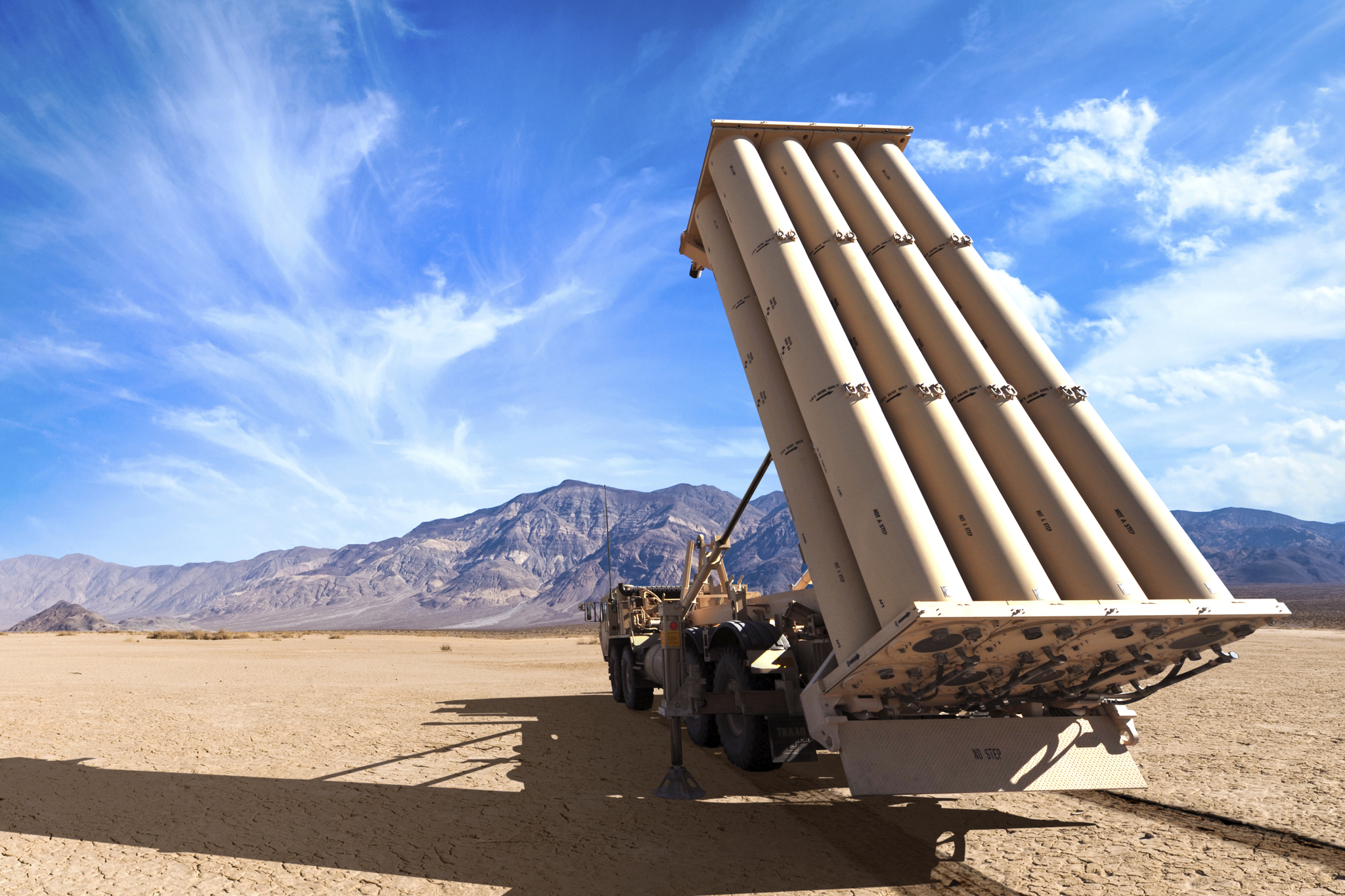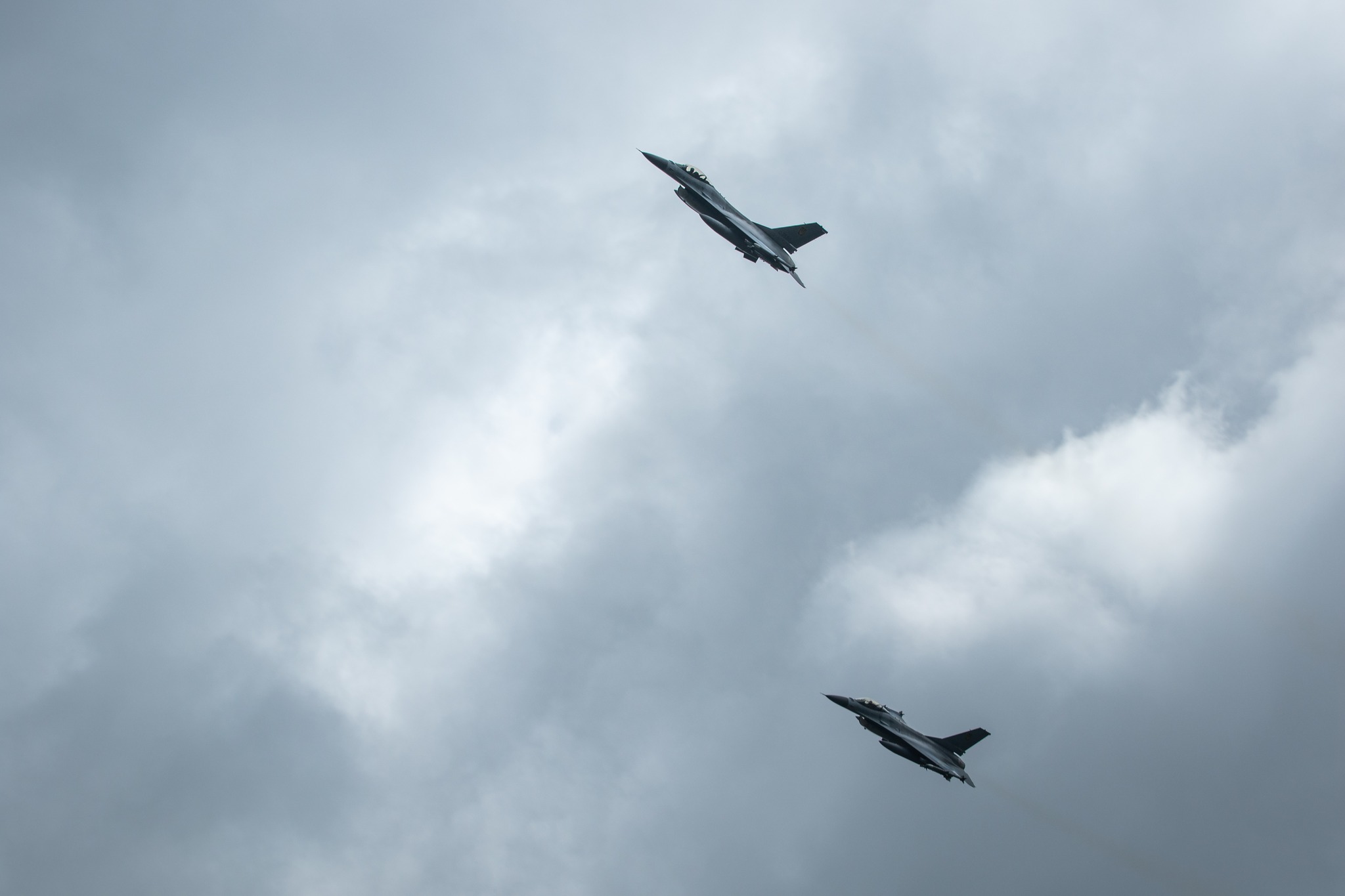SITREP: Ukraine’s air defence and expectations for F-16
Alex Horobets
As the War in Ukraine has continued, Ukraine has undergone a massive shift towards using Western air defence systems, and is further re-shaping its aviation with the delivery of F-16s. This article examines the challenges faced by Ukraine’s air defence units, and the expectations for the F-16.
Two and a half years into the full-scale Russo-Ukrainian war, the need to repel Russia’s combined missile attacks is as important as ever. The Russian command is constantly applying new combinations to penetrate air defences around Ukrainian cities. Also, Moscow often compensates for the low stock of specific weapons by employing systems from its allies. Supplies of Iran’s Shahed-136 one-way attack (OWA) drones to Russia have been a major issue from the outset, as this allowed Russia to launch large quantities of OWA drones at Ukraine on a near-daily basis.

Credit: RecoMonkey
Additionally, North Korean analogues of the Iskander-M ballistic missiles, the KN-23, have recently become a new challenge for Ukrainian air defence. Thery were used in strikes on Kharkiv on 2 January 2024, and after a pause, Russia made several attempts to hit targets in Kyiv region using North Korean missiles in July and August 2024. Like the Iskander-M, the KN-23 flies along a quasi-ballistic trajectory, which is relatively challenging to intercept using many of the air defence systems available to the Ukrainian Armed Forces. Russia had likely turned to the DPRK for help due to its own industry not being able to meet the demand for Iskander-Ms. Now the North Korean missiles, especially if used in combined attacks, pose a serious threat.
Ukrainian troops are capable of shooting down Iskander-M missiles and aeroballistic Kh-47M2 Kinzhal missiles using its PATRIOT systems. However, Ukraine’s arsenal of PATRIOTs and other air defence capabilities able to tackle ballistic missiles remains limited. It is possible that the Russians will target these air defence systems, too, as part of their massed strikes, while they are activated to intercept other incoming missiles. It is likely that several recent cases where Russia employed North Korean missiles were part of an effort to familiarise the user with the missile’s capabilities, to improve their effectiveness in future strikes. It should also be taken into account that, as in the case of Shahed-136 drones, which the Iranians are upgrading as they are used in Ukraine, the same will likely happen to North Korean missiles, potentially increasing their threat factor in other theatres where they are deployed.
Another problem is that in Ukraine, the Russians do not aim to hit exclusively military targets. Since the start of the full-scale war, oil refineries, fuel depots, and energy infrastructure facilities in almost all regions of Ukraine have been under attack. Other civil and critical infrastructure facilities are also under constant threat. A large number of various air defence systems are required to cover all such facilities across Ukraine’s vast territory, but the number currently available is insufficient. Additionally, a certain part of the air defence network must remain in place along the frontline to limit the capabilities of Russia’s tactical aviation and drones.
Options for increasing air defence effectiveness
In the current situation, Ukraine is forced to use a wide range of air defence systems of both Western and Soviet origin. All these systems have their own features and varying operational niches. For example, a PATRIOT would not be used to shoot down a much cheaper UAV, except in absolutely critical scenarios. At the same time, very short-range air defence (VSHORAD) capabilities, such as the German Gepard and the US AN/TWQ-1 Avenger, as well as mobile fire groups, have proven fairly efficient at intercepting drones. However, these require support from a variety of other air defence systems. This is very difficult to ensure given Ukraine’s enormous size.

Credit: Bundeswehr/Michael Mandt
So, good air defence coverage remains possible only in the highest-priority areas, where there is a high density of critical facilities. In general, the pressing need to hand Ukraine a large number of air defence systems has posed a difficult task for the Allies, since the West’s own demand for air defence systems used to be relatively low. By way of example, according to estimates by the International Institute for Strategic Studies (IISS), as of late 2023, Ukraine had approximately 564 anti-aircraft platforms in service. For comparison, all European countries combined have only around 1,600 platforms.
For now, the priority task will be to ensure that the systems already delivered to Ukraine have sufficient munitions. While partners are working on transferring further air defence systems to Ukraine, the lack of surface-to-air missiles (SAMs) will likely arise quite regularly, given Russia’s ongoing massed missile attacks. In April 2024, Germany announced it would provide a third PATRIOT battery for Ukraine, while in June 2024, Italy announced the handover of a second SAMP/T battery to Ukraine. Also, at the 2024 NATO Summit in Washington, Joe Biden confirmed that the United States and Romania would deliver additional PATRIOT batteries. As soon as all the promised systems arrive, the Ukrainian air defence network will have at least nine Western long-range air defence (LRAD) batteries in service: seven PATRIOT and two SAMP/T. While this may provide some, albeit not full protection from Russian missiles for key cities and facilities, the need for sufficient munitions will come to the fore. The US and Germany are already working to increase domestic production of missiles for the PATRIOT systems, but time is needed to expand production capacity.
New solutions
There are also several new solutions that, if delivered, could not only strengthen the Ukrainian air defences, but also provide vital information to developers as regards operation in adverse combat conditions. As Reuters reported, during a 6 December 2023 defence conference held behind closed doors in Washington DC, representatives from the Ukrainian Defence Ministry handed over a list of weapons required to better counter Russian aggression to US officials. The list included the THAAD missile defence system manufactured by Lockheed Martin. THAAD was also mentioned in 2022 by the former Minister of Defence, Oleksiy Reznikov, when the Ukrainian Armed Forces did not even have PATRIOTs in service. Unlike PATRIOT PAC-2 GEM-T, with an interception range of up to 160 km, THAAD’s range goes up to 200 km against very high-altitude targets, such as ballistic missiles.
THAAD’s capability was notably first demonstrated in January 2022, when the UAE used its THAAD batteries to intercept a medium-range ballistic missile launched at the UAE by Yemen’s Ansar Allah (Houthis). The problem with obtaining these systems may be that the number of users is quite small – limited to Saudi Arabia, the UAE, and the US. One of the reasons for this is the system’s high cost. While the export model of PATRIOT is estimated to cost nearly USD 1 billion, THAAD’s price tag for a single battery is estimated at approximately USD 2.5 billion. Still, it cannot be entirely ruled out that THAADs will eventually make their way to Ukraine.

Credit: Lockheed Martin
Another promising system is the DragonFire high energy laser (HEL). This weapon was commissioned by the UK Ministry of Defence and produced by a consortium led by MBDA, and including Leonardo and QinetiQ. The weapon was first tested against aerial targets in January 2024. DragonFire is a 50 kW class weapon, understood to be intended for the VSHORAD and counter-rocket, artillery, and mortar (C-RAM) roles. However, its exact capabilities remain classified.
The need for weapons such as DragonFire gained new urgency after it became clear that one of the priority areas of air defence in the near future would be intercepting various types of UAVs and loitering munitions. At present, the question remains open whether even capable militaries are able to effectively repel massed OWA drone or loitering munition attacks.
Although there are currently no known plans to send DragonFire prototypes to Ukraine, if the UK government shows political will, testing the systems in real combat conditions could significantly speed up their introduction into service, perhaps even earlier than the scheduled date of 2027. Moreover, in Ukraine, the system could be operated away from the frontlines, with the aim of neutralising Russian UAV raids on Ukraine’s critical infrastructure, which would minimise the risks of its destruction or capture by the Russians.
In the meantime, Ukraine’s air defence capabilities will be strengthened by the first batch of F-16 fighters, most likely in the F-16AM/BM Block 15 MLU configurations. The initial primary task of the F-16s is expected to be to hunt down Russian drones, cruise missiles, and (where possible) aviation. However, the fighters are unlikely to be allowed to fly too close to the frontlines due to the ever-present threat of Russian air defence. Judging by photos published by Ukrainian officials, the Ukrainian F-16s have been seen fitted with two types of air-to-air missiles – AIM-9L/M Sidewinder and AIM-120B AMRAAM. The former is short-range (estimated at 18 km) and is perhaps most suitable for downing Russian UAVs and cruise missiles, while the latter is longer-range (estimated at 70 km) and would be expected to be employed against Russian aviation.
As reported, Ukraine’s initial batch of six F-16s were delivered in early August 2024, and have already performed combat sorties in Ukraine as part of air defence efforts. However, on 29 August 2024, the Wall Street Journal reported that Ukraine had lost its first F-16 from its initial batch of six, purportedly while repelling a major Russian missile attack. According to unnamed US officials cited in the article, the aircraft was not lost due to enemy fire. The Ukrainian Air Force said in a statement that contact had been lost with the jet while it was approaching its next target.

Credit: Air Force Command of the AFU
The fight to keep Ukraine’s skies clear of Russian threats will continue as the nation’s air defence network gradually improves. What is important is that for leading defence companies, the demand for combating aerial threats and for expanding production of air defence systems is increasing now. This is not just due to the war in Ukraine, but also amid the increasing threats that ballistic missiles and UAVs pose for NATO partners and allies in the Middle East and Asia.
Alex Horobets




